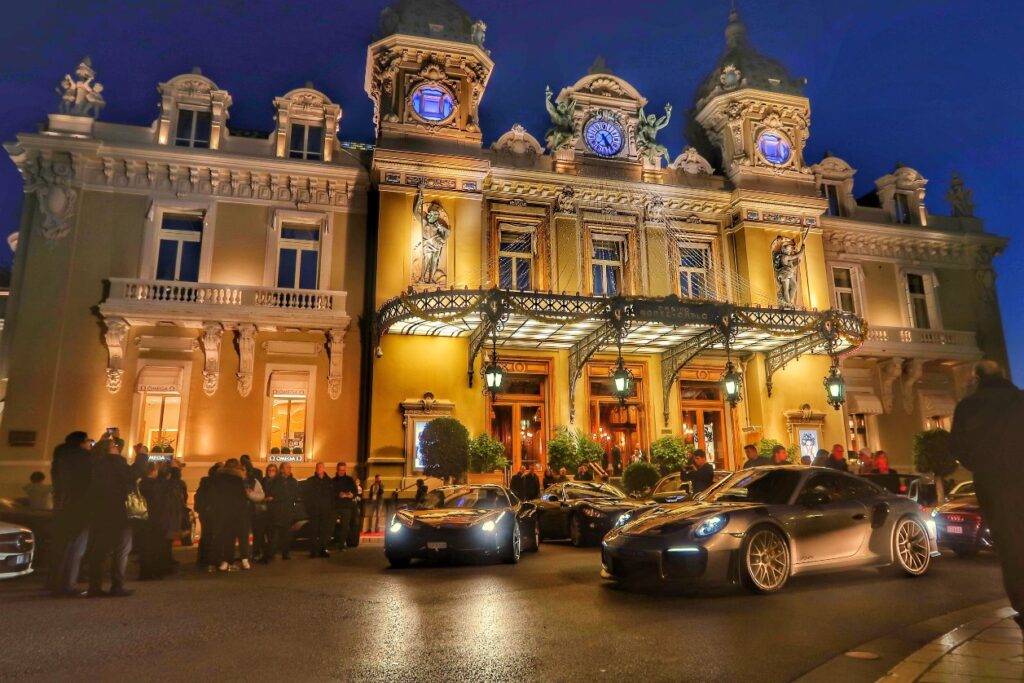
Casino games have long captivated human interest, drawing gamblers into a universe filled with chance, strategy, and the allure of excitement. Each game is painstakingly crafted not just for fun, but also to evoke particular emotional responses that keep players involved and committed. Understanding the motivations behind these designs reveals much about how human psychology plays a key role in the gaming experience.
From the vivid lights and lively sounds to the intricate layering of guidelines and payoffs, casino games are designed to create an atmosphere of thrill and eagerness. Game designers leverage behavioral strategies to influence player behavior, whether through the use of winning opportunities, close-call situations, or community engagement. By examining these elements, we can better appreciate how casino games fulfill not just a need for entertainment, but more profound psychological needs for thrill and hazard.
Comprehending Player Actions
Casino games are designed with a thorough comprehension of player psyche, which is vital for luring and retaining players. The rush of the game, coupled with the hope of winning, produces a strong attraction. Game designers make use of elements like sound effects, vibrant graphics, and captivating gameplay to seize attention and generate emotional responses. These sensory effects enhance the immersive experience, making players feel more invested in the game.
Another notable aspect of player behavior is the idea of risk versus reward. Casino games often weigh risky situations with the potential for considerable rewards, which can result in the event known as near-miss effect. When players come close to winning, the brain releases dopamine, bolstering their behavior and motivating them to keep playing in quest of that elusive win. This cycle of wish and frustration plays a key role in how games are designed and promoted.
Lastly, social elements also play a pivotal role in player behavior at casinos. Many games are designed to be played in groups or with other players, nurturing a sense of belonging and shared experience. The interaction inherent in games like blackjack enhances enjoyment and can culminate in longer play sessions. Designers capitalize on this by creating environments that encourage players to remain, socialize, and revisit, making the overall casino experience more inviting.
The Role of Imagery and Audio
Imagery and sound play a vital role in enhancing the gambler’s experience within casino games. Designers utilize vibrant colors, eye-catching graphics, and captivating animations to grab players’ attention and hold their focus. The use of themes, such as exploration or opulence, helps create an immersive atmosphere that transports players into another world. By connecting to the senses, these elements add to a intensified emotional response, prompting players to interact more profoundly with the games.
Sound design is equally important in enhancing the overall experience of casino games. The combination of background music, audio effects for successful combinations, and ambient noises creates an auditory landscape that keeps players fascinated. online casino ohne OASIS Sounds associated with wins, such as ringing bells or festive music, evoke feelings of excitement and satisfaction, prompting players to keep playing. These audio cues are carefully placed to enhance the excitement of the game and create a more immersive experience.
Additionally, the synchronization of visuals and audio is essential for reinforcing the game’s overall theme and mood. Each element should coordinate harmoniously to create a unified experience that pulls players in. The effective use of this integration not only improves user satisfaction but also increases the likelihood of return play, as players become more invested in the immersive world that the casino games offer. This thoughtful integration of visuals and audio ultimately enhances player involvement and loyalty.
Reward Structures and Engagement
The design of casino games significantly relies on incentive structures to ensure participants involved and coming back for additional experiences. These structures are based in psychological principles that take advantage of human nature and desire. Players are often motivated by the excitement of success, which is reinforced by immediate feedback through the game structure’s design. This prompt satisfaction not only enhances the gaming experience but also cultivates a feeling of achievement, prompting players to continue playing in hopes of bigger rewards.
Gaming establishments adopt various incentive systems, including jackpots, extra rewards, and multipliers, to captivate players. These features create a layer of excitement that maintains engagement. Additionally, the randomness of outcomes plays a significant role in keeping attention. The variable reward system, where successes are unpredictable but happen often enough, keeps players on edge and motivated to keep playing. This loop of anticipation and anticipation is essential to the effectiveness of gambling experiences.
Furthermore, community aspects, such as competitive events and multiplayer features, boost the participation factor by leveraging the competitive nature of players. The communal aspect of playing with fellow participants can amplify the excitement of winning and create a sense of community within the casino. By integrating these social dynamics with effective reward systems, gambling experiences not only provide entertainment but also nurture a stronger bond among players, solidifying their loyalty to the gaming experience.
